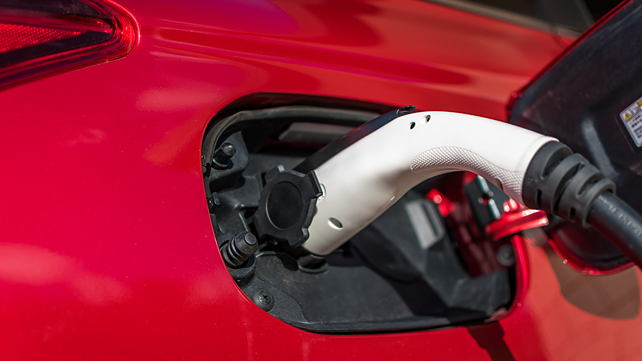
Consumers’ increasing preference toward electric vehicles, countries making commitment to lower carbon emissions, and the surging installation rate of EV charging stations worldwide are some of the key factors driving the global EV market.
A recent Frost & Sullivan analysis of the global electric vehicle (EV) market estimates that in 2021, global EV sales would reach 5.3 million units, with battery electric vehicles (BEV) leading the market with a 66% share and 6.1% penetration (BEV and plug-in hybrid electric vehicles) in the passenger car market.
Two critical highlights from the analysis points that China will remain the leading country, and Europe is the leading region in terms of EV sales in 2021. From manufacturers’ perspective, Tesla will continue to lead the overall EV market.
By 2025, EVs are likely to constitute approximately 10-15% of the total overall passenger car segment, found the study.
Ambitious targets such as net-zero emissions by 2050 will continue to drive the proliferation of EVs, despite the change in the driving behaviour of consumers resulting from the pandemic, said Prajyot Sathe, Research Manager, Mobility Practice, Frost & Sullivan.
“The global push toward electrification and fuel economy leads to ever-stringent emissions norms, which have resulted in some regions such as Europe already committing to internal combustion engine (ICE) bans, while others are working toward specific commitments,” he said.
F&S has also made a few recommendations to market participants, for them to tap into the growth prospects brought about by EVs.
- EV with advanced battery packs for improved efficiency and lower cost: Battery manufacturers and OEMs need to work together to develop and implement advanced batteries to enable ultrafast charging in future EVs;
- Electrification of flagship models with a preference toward BEV with ultra-fast charging capability: All BEVs should have DC charging capability, including ultra-fast charging, to reduce the charging time from 30 minutes to 15 minutes;
- Evolving business models: Utilities need to act fast and take a customer-centric approach toward service delivery to leverage the evolving e-mobility trends.
The world of batteries is changing rapidly, noted Sathe, making it hard to predict the most promising battery chemistry. However, OEMs are also working on extending the charging rates of vehicles with the introduction of new-generation Li-ion battery technology, which allows ultra-fast charging up to 400 kW.
“Currently, the typical charging rate of an electric vehicle is twice the battery capacity (50 kWh battery will have a 100 kW charging rate). However, by 2025, the charging rate will increase to thrice the battery capacity due to technological advancements allowing a 100 kWh battery pack to charge at 300 kW, which is called ultra-fast charging,” Sathe said.